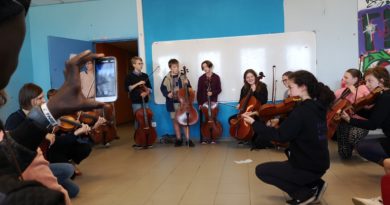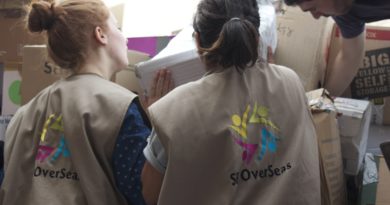A Belgian unravels some of Stonehenge’s mysteries
The world-famous neolithic monument Stonehenge, in the south-west of England, still remains shrouded in mystery. There is considerable speculation as to ‘how’ and ‘why’ it was built, but ‘who’ built it has received much less attention up until now.
Christophe Snoeck, Belgian scientist at the Vrije Universiteit Brussel (VUB) and member of an international research team, is helping to change all that. He recently developed a pioneering method for radio-carbon dating on cremated human remains. This may have earned him the title of ‘Archaeologist of the Year’.
Biological information appears to withstand the high temperatures generated during cremation, and cremated bones retain their strontium isotope composition. Snoeck has now applied his method to human bones discovered in Stonehenge in 1920. Through diet, the body absorbs minerals from its environment. If the strontium isotopes in the remains are compared with those in a given location, it is possible to locate fairly accurately where the cremated person lived the last ten years of their life. It now appears that at least some of the people buried in Stonehenge travelled with the blue stone from the western part of Wales some 250 km away, with which the monument was built.
This discovery shows that already in the Neolithic period, 5,000 years ago, there were large-scale interregional human contacts, exchanges and movement of materials.



